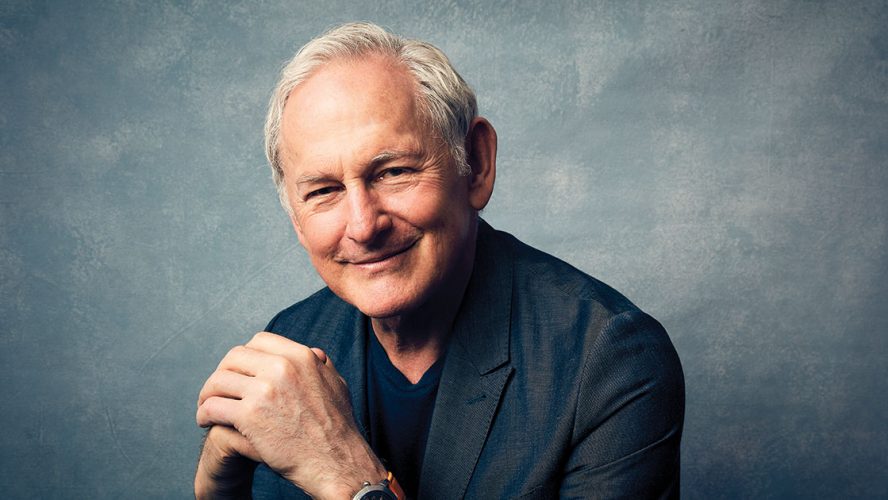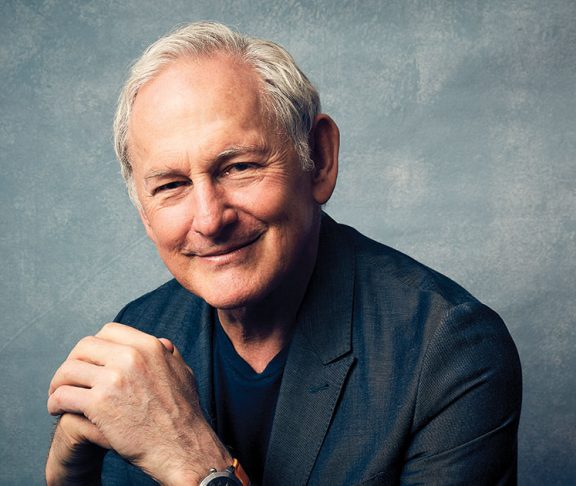Life with diabetes was a lot different when Victor Garber was diagnosed as a boy but he says he never let the disease stop him from achieving his dreams.
Fans may know Victor Garber as the captain from the movie Titanic, or perhaps creepy Professor Callahan from Legally Blonde, but they may not know that the actor has type 1 diabetes, which he was diagnosed with at 12-years-old.
Life with type 1
Type 1 diabetes differs from type 2 in that people with type 1 do not produce insulin, which is necessary for regulating blood sugar, and the disease usually develops quickly during adolescence. Research is still ongoing as to what causes this type of diabetes. People with type 2 become insulin resistant, usually later in life, and the disease develops over a longer period of time. Lifestyle factors such as access weight and inactivity may contribute as well as genetic and environmental factors.
Both types are fatal if not properly managed.
Luckily, increased knowledge about the disease as well as new medical tech have made living with diabetes easier than ever before. Recent statistics state over 30 million people in the United States have diabetes, though type 1 is far more rare than type 2. 90 to 95 percent of people with diabetes have type 2.
Garber emphasizes the importance of finding a cure for the disease but says his daily life has gotten easier with new treatment technologies. The actor now wears a Dexcom G6 glucose monitor and uses the Omnipod pump, “which eliminates syringes altogether.” These wearable medical devices allow people with diabetes to more easily check their blood sugar levels and pump insulin directly into the body without the need to give themselves a shot using a needle.
“I have also recently been set up with the Riley pump ‘looping system’ which has made life considerably easier,” Garber says. This looping system is programmed onto an iPhone and allows the user to set up automatic insulin delivery — freeing up a lot of time and headspace.
These life-changing technologies weren’t around when Garber was first diagnosed.
Learning to adapt
“It was so long ago that I was diagnosed with type 1 diabetes, it’s hard to describe how different life was for me as a boy of 12. Somehow, I always adapted and had a determination to achieve my dream of being an actor and singer.”
One thing Garber found hugely helpful to adapting to life with diabetes was going to Camp Banting in Ottowa, Ontario when he was 13, which is Canada’s longest running camp for children with type 1 diabetes.
He says his mother gave him a “hard sell” on the camp because she thought it would be an important experience. “She was right,” he says.
“It was life changing and I recommend all parents with type 1 children to encourage any experience that puts them in contact with other people managing this complicated auto immune disease. It ‘normalizes’ the routine, and of course, erases any feelings of isolation and loneliness.”
Camp Banting is still around 65 years after it began, and still caters to youngsters learning to manage life with diabetes. Campers do the same things you’d expect at any summer camp — swimming, hiking, crafting, rock climbing — but with the support of a fully-trained medical team and a community of other kids who have to monitor their glucose just like them.
Garber says even with technologies that simplify his day-to-day, nothing really gets easier as you get older, “unless you find a sense of acceptance and gratitude.” He says everyone comes to acceptance in their own way, and for him meditation is a major part of his life.
“I still have a love of acting and being with my close friends, which provides a balance that helps me deal with the intricacy of type 1. When I see this disease as an opportunity to grow, that is usually a very good day.”

